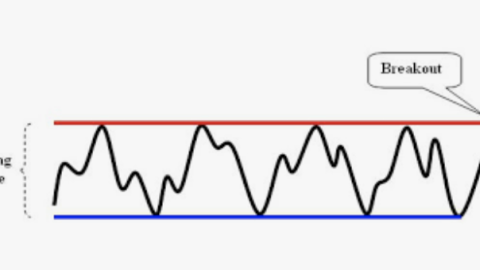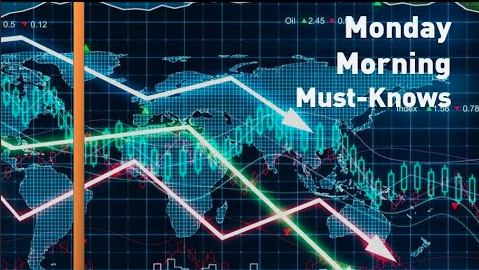It’s funny how whenever the stock market goes down more than a few percentage points (yes, that has been known to happen from time to time), the mainstream media dusts off their “MARKETS IN TURMOIL” graphics and pumps out opinion pieces asking the reader to consider whether this might be the beginning of the end of this hoary bull market. Since it is the mainstream media, they (understandably) define terms such as “the VIX,” but in my opinion they mis-define the VIX as the “fear gauge” for large-cap U.S. equities.
We may refer to the source, the CBOE’s website, for the exact definition: introduced in 1993, the VIX is “a key measure of market expectations of near-term volatility conveyed by S&P 500 stock index option prices” (source) and in essence, it is the market’s expectation of how big the price movements of S&P 500 index options will be over the next 30 days. Thus, it measures implied volatility (forward-looking expectations) rather than historical volatility (a look back at what already occurred).

The key point I would like to emphasize here is that the VIX measures the expectations of how big the price movements will be, and price movements can be to the downside or to the upside. Thus, it’s an oversimplification to define the VIX merely as a market “fear gauge” or as a measure of downside price movement. A very sharp upward price movement in stocks could be a source of volatility, just as much as a downward move could.
When we shift our definition of volatility, and hence the VIX, from “fear in the market” to “magnitude of price movements (in either direction),” we can gain a better and deeper understanding of what is being measured and how we can use this information in our trading. So please, ignore the “MARKETS IN TURMOIL” sensationalism and start using real data and common sense to inform your trading and investing decisions.










